Apprx. Reading Time: 5 minutes
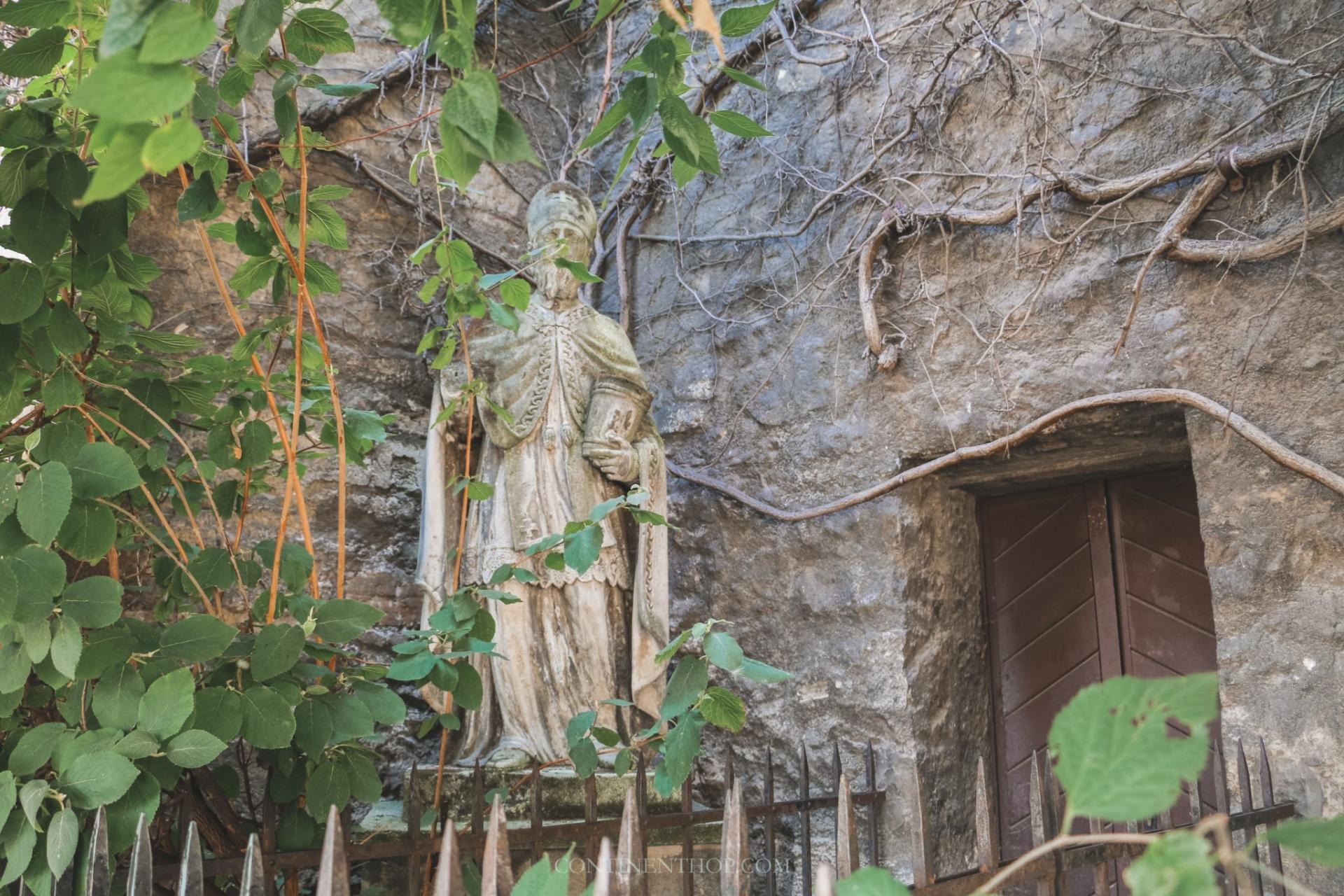
history of vienna 4
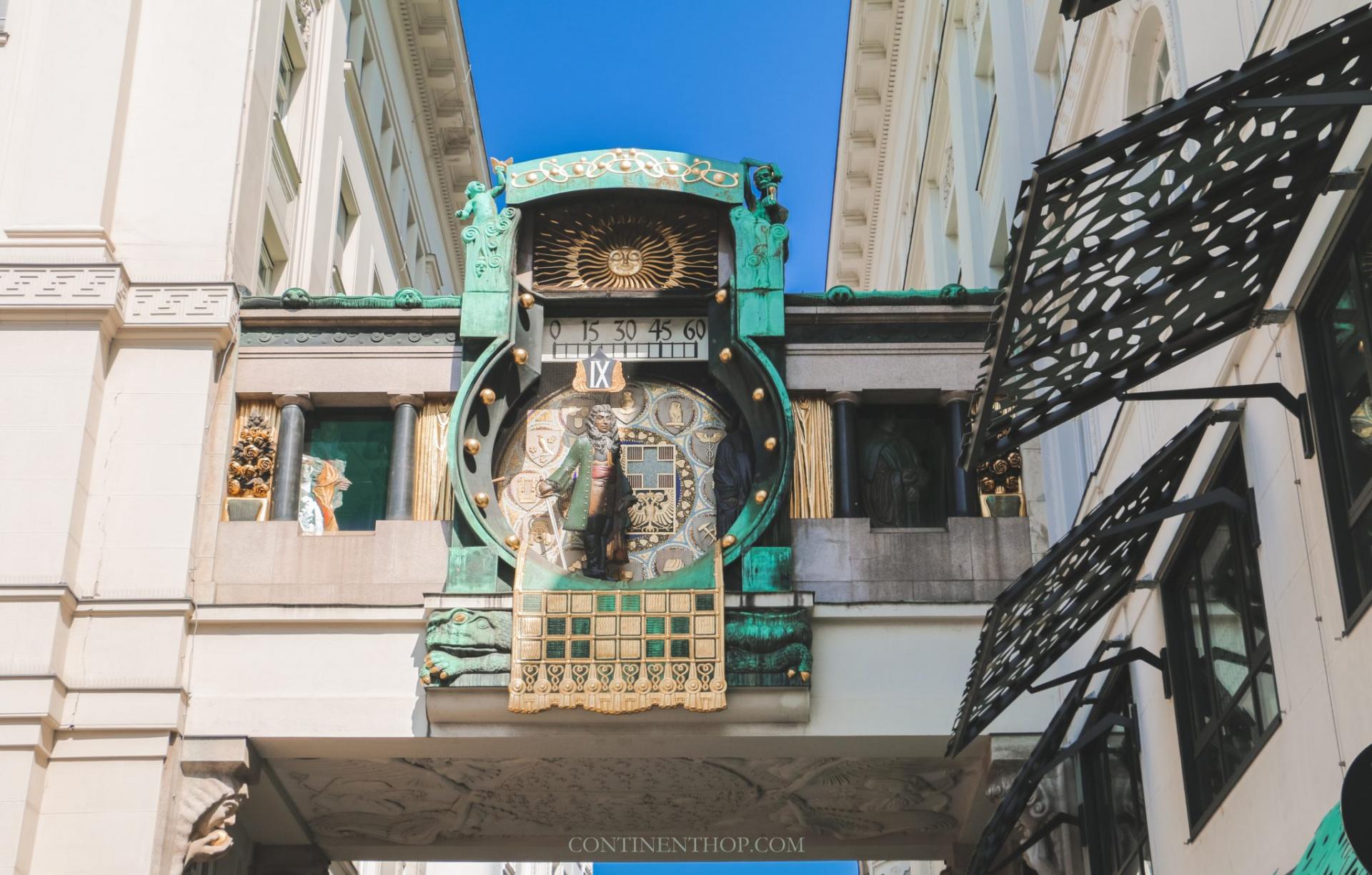
history of vienna 3
Amongst all the correctly posed and poised pictures and hurried itineraries, there are some activities that show you a different side to a city, one that you’d probably never see even if the picture stared at you in the face. It’s a warm afternoon in Vienna and we’ve had an amazing sunny week on our Euro trip till date. After a hurried lunch of Goulash and Käsespätzle at Zwölf Apostelkeller (The 12 Apostles) and a quick tour of the cellars by Neso, who had been working there since ages, we hurry to meet Stephan of Context Travel near St. Rupert’s Church in Vienna, considered to be the oldest in Vienna.
Time passes by…
Fully equipped with maps and images from the past, Stephan informs us that we’re currently “In Vienna” implying that we’re within ‘Ancient Vienna’ and the Viennese green belt.
We’re located near the wall built on ransom money to fortify Vienna.
This was later demolished by the Hapsburgs as the population within the walls was rapidly expanding and bringing them down would help Austrian Emperor Franz Joseph I to make his mark on Vienna by replacing it with a magnificent boulevard.
It takes me a while to make note of this as I’m quite fascinated with the beret Stephan has on. He points out remnants of the old bastions that are visible occasionally in Vienna as short flights of steps link different ground levels.
We head to the Anker Clock an example of Art Nouveau design in the oldest square of Vienna ‘Hoher Markt’. The clock was built as a bridge between the two parts of the Anker Insurance company.
The clock which had been in working condition since 1914 had unfortunately stopped a day ago. The clock had however survived wars and consisted of 12 historical figures who passed from one end of the bridge to the other at the strike of every hour, so you could expect to see Empress Maria Theresa pass at 11.
I was quite curious as to why an insurance company would invest in such an elegant gesture and the answer was quite impressive!
It was built by painter Franz von Matsch who was a friend of Klimt to signify that life was moving too fast as the figures on the clock were placed in chronological order since 1910 and maybe it was time to get insured!
Another fascinating structure in the square was the fountain Vermählungsbrunnen depicting the wedding of Mary and Joseph.
Now anyone who knows a tad bit about Christianity knows that it states that Mary was a virgin in The Bible and Jesus was conceived by the power of the Holy Spirit, but it isn’t the only thing that stands out. T
he priest isn’t a priest but a Rabbi as both were Jewish, so technically there was a Jewish wedding being depicted in the city centre during the Nazi regime. Quite sharp!
Of untold stories and incomplete lives
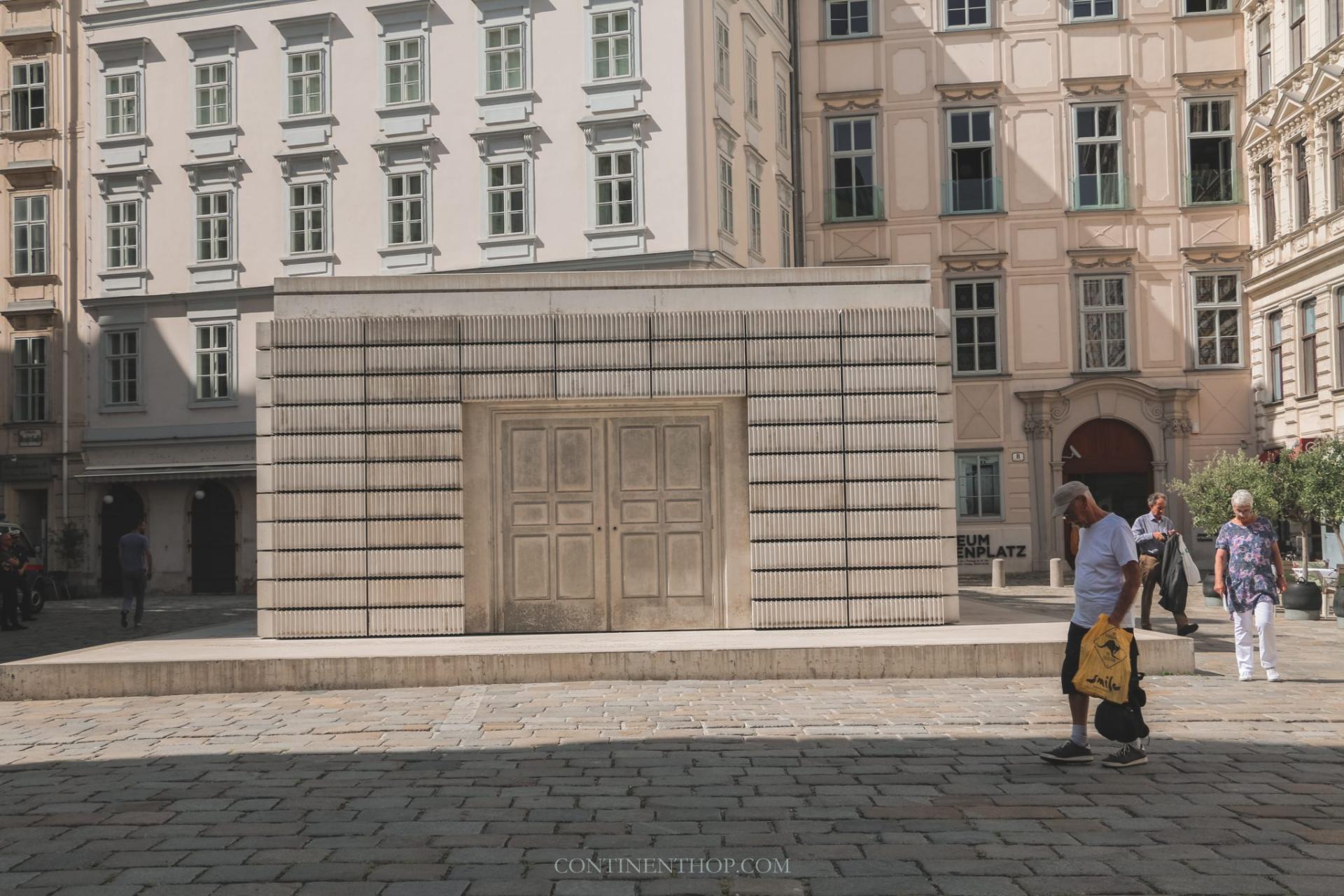
history of vienna 5
We then moved on to the Judenplatz in Vienna where a touching ceremony was underway to commemorate all the lives lost during the wars. This was being done around the ‘Shoah’ – the Holocaust memorial in Vienna, a simple yet compound structure on the ideas by Simon Wiesenthal, a survivor and Nazi hunter. The memorial represented a library with the spines of the books turned in. You’d have to enter the library to read the titles but the door didn’t have any handles to do so, depicting all the stories and lives lost with no chance of discovering anything more. The Judenplatz museum showcasing the life of Jews in the 14th century was located adjoining the memorial.
Extravagant cakes and thrifty writers
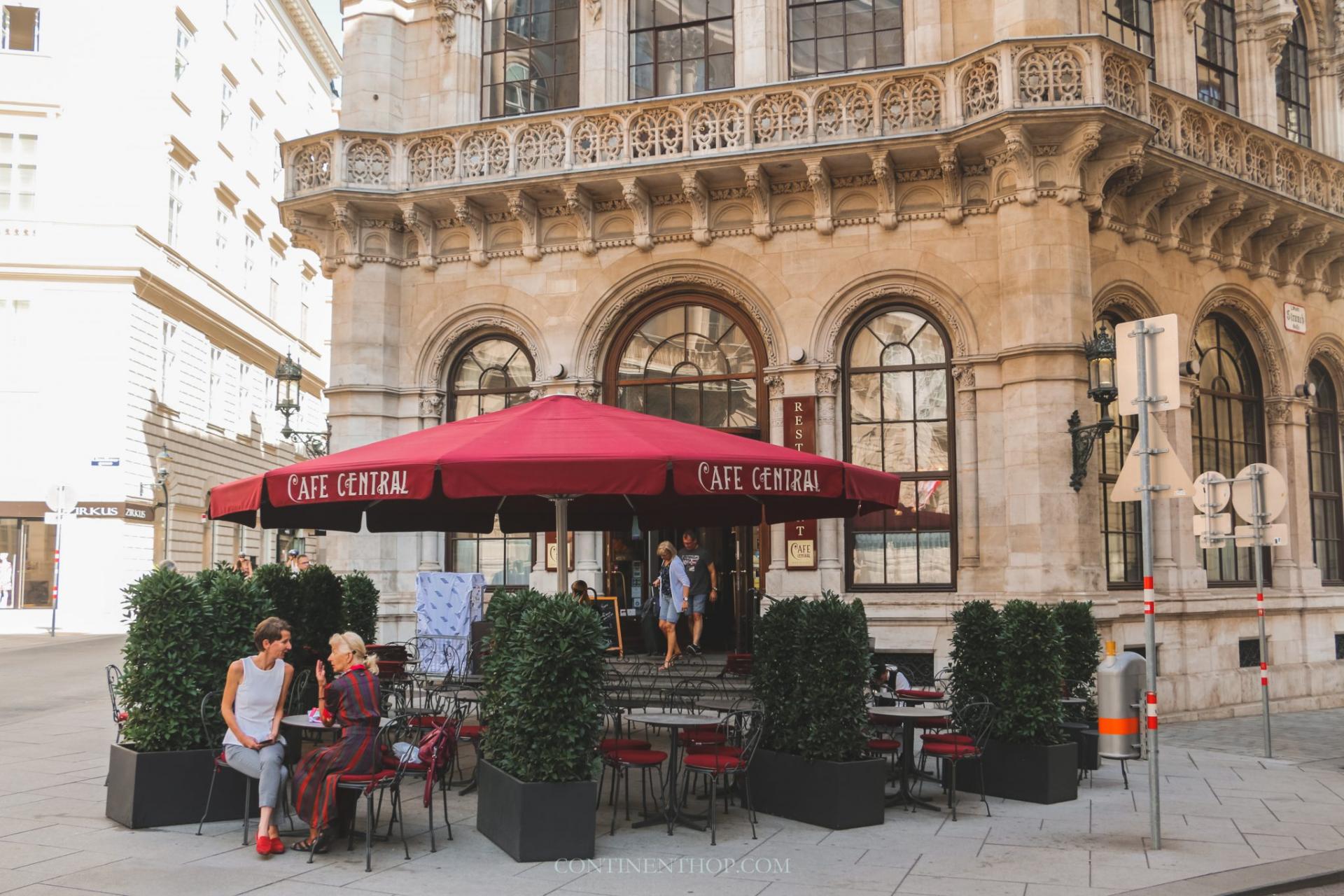
history of vienna 6
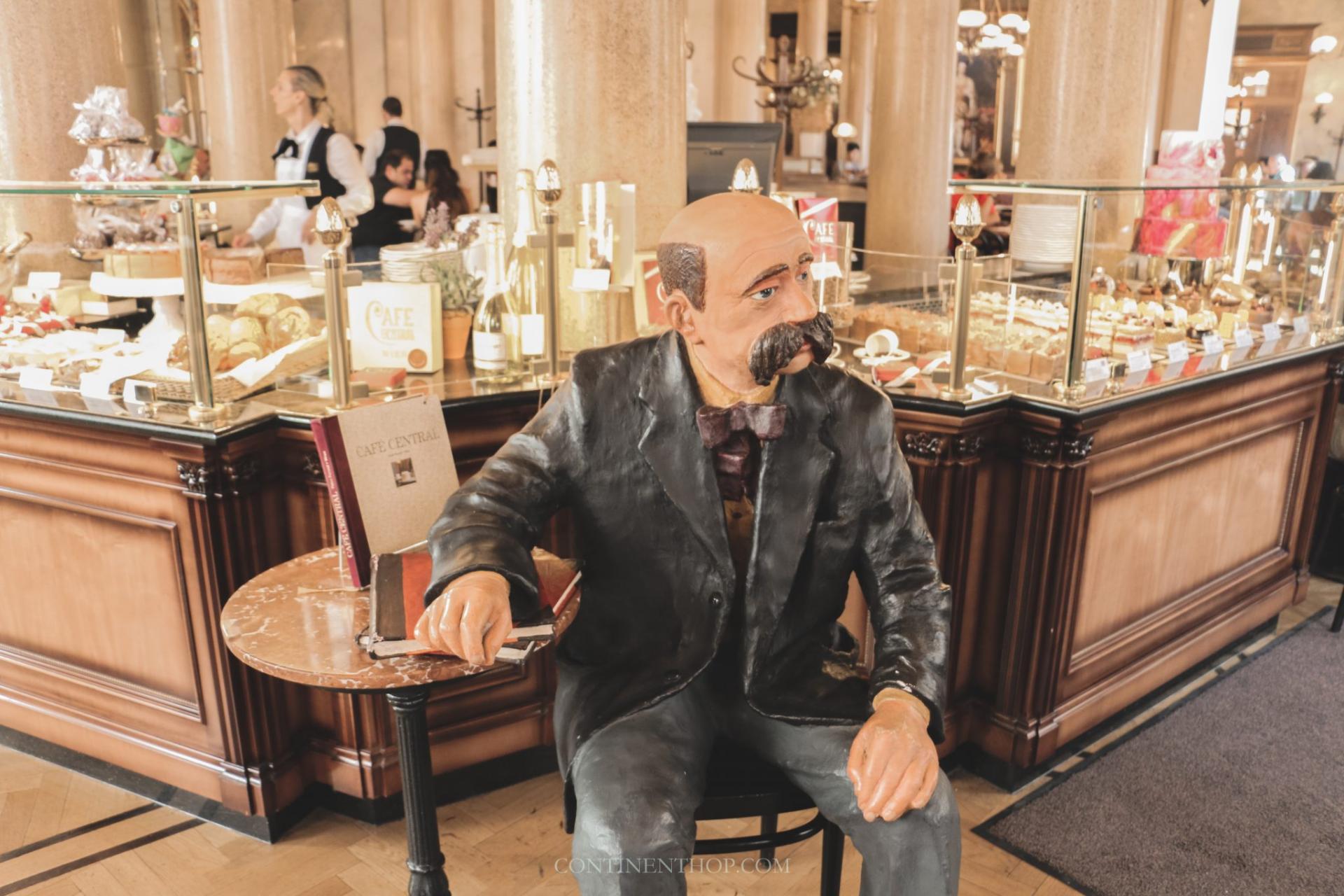
history of vienna 7
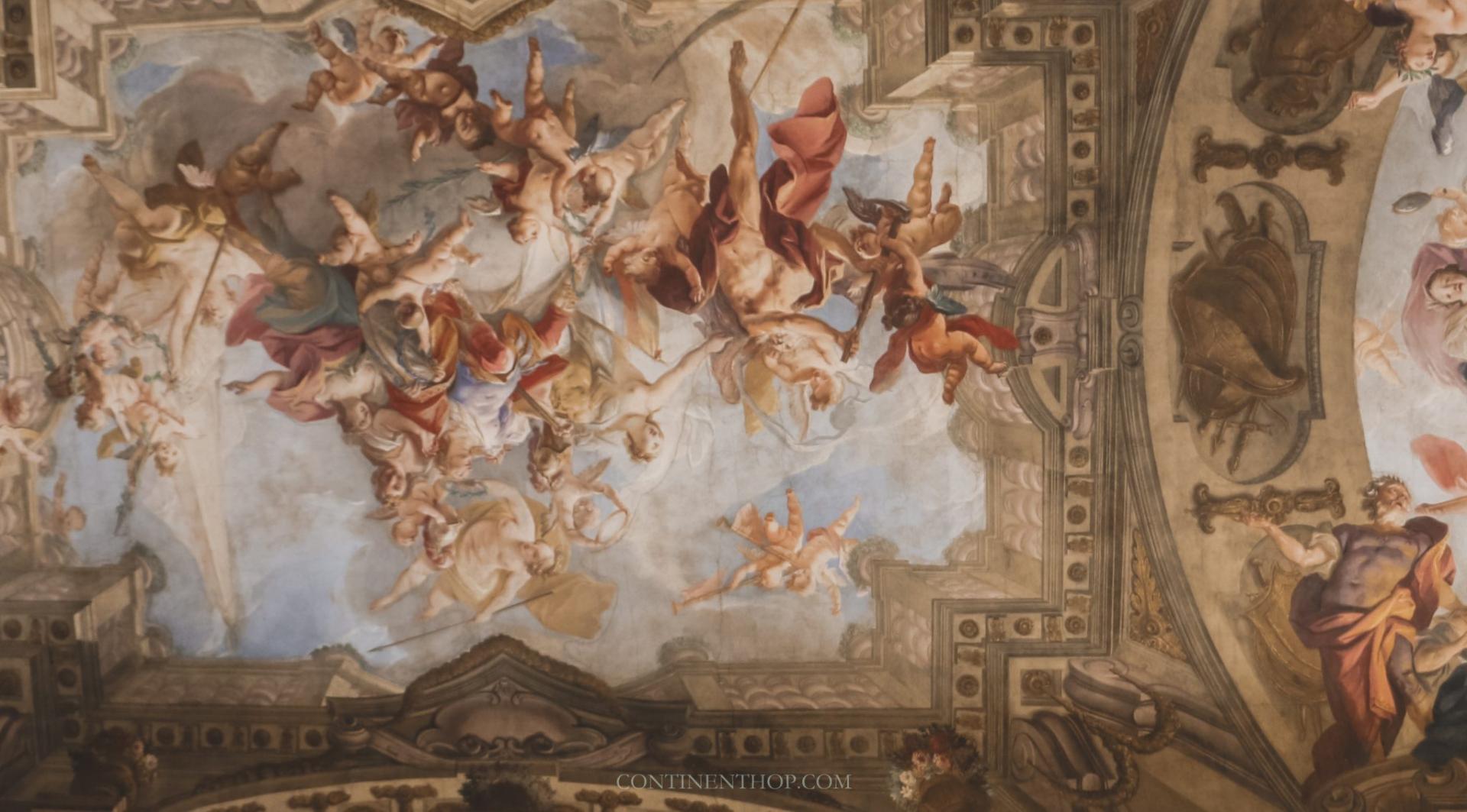
history of vienna 8
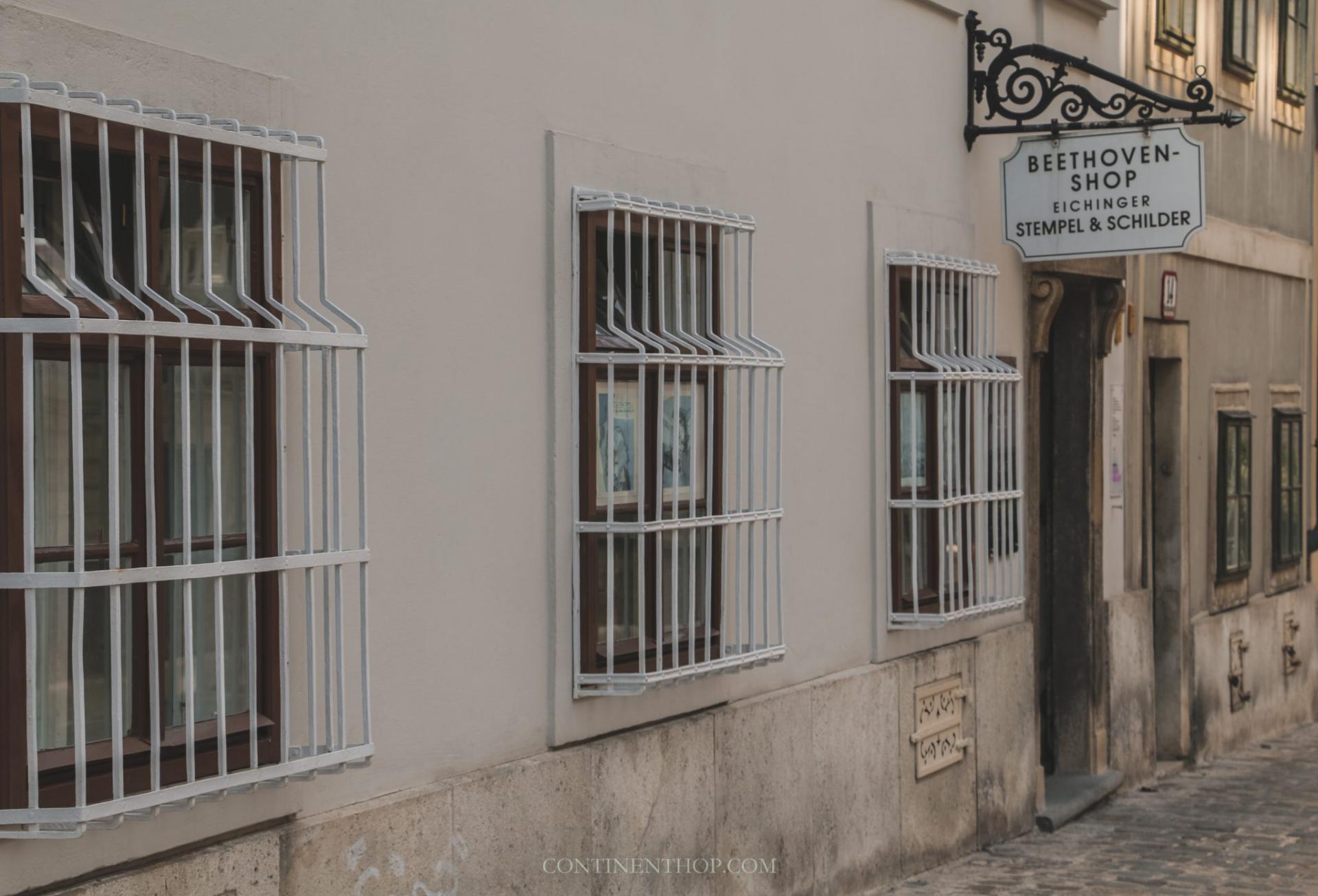
history of vienna 9
We continue to explore the 1st district and pass by Cafe Central showcasing some beautiful cakes and the statue of Peter Altenberg synonymous with the image of a coffee house writer. The cafe is buzzing with tourists and regulars, while I continue to gawk at the colorful display in front of me. I’d visited the day before and dismissed the statue as being one of the founders perhaps, couldn’t have been more incorrect. Which is why I’ve been reminded time and again how important it is to connect with locals no matter how short your stint in a city. Altenberg apparently believed in a diet of milk-bread and milk for longevity and to keep it simple and cheap, was always in debt. He wriggled his way out of situations with his wit. He also believed his diet would help him outlive everyone else ensuring he never had to return a dime back! We stroll down Herrengasse and step into the Palais Daun-Kinsky, a Baroque palace in Vienna with intricate paintings. The palace had seen its fair share of highlights with Princess Maria Anna von Liechtenstein once living here and it was also seized by the German army during the war. After a quick walk before heading off to the Rathaus we take a detour through Mölkerbastei to take a look at the place Beethoven once called home for a while in Vienna. Beethoven moved from place to place offending neighbours as he had started suffering from partial loss of hearing. Baron Pasqualati offered him a place to stay for about 8 years. Beethoven wrote some of his most important works while living here. The apartment is preserved till date and serves as a museum. We walked up to the door and were surprised to note that the apartment was still labelled as Beethoven’s and you could ring the bell if you wished!
Invisible layers from yesteryears
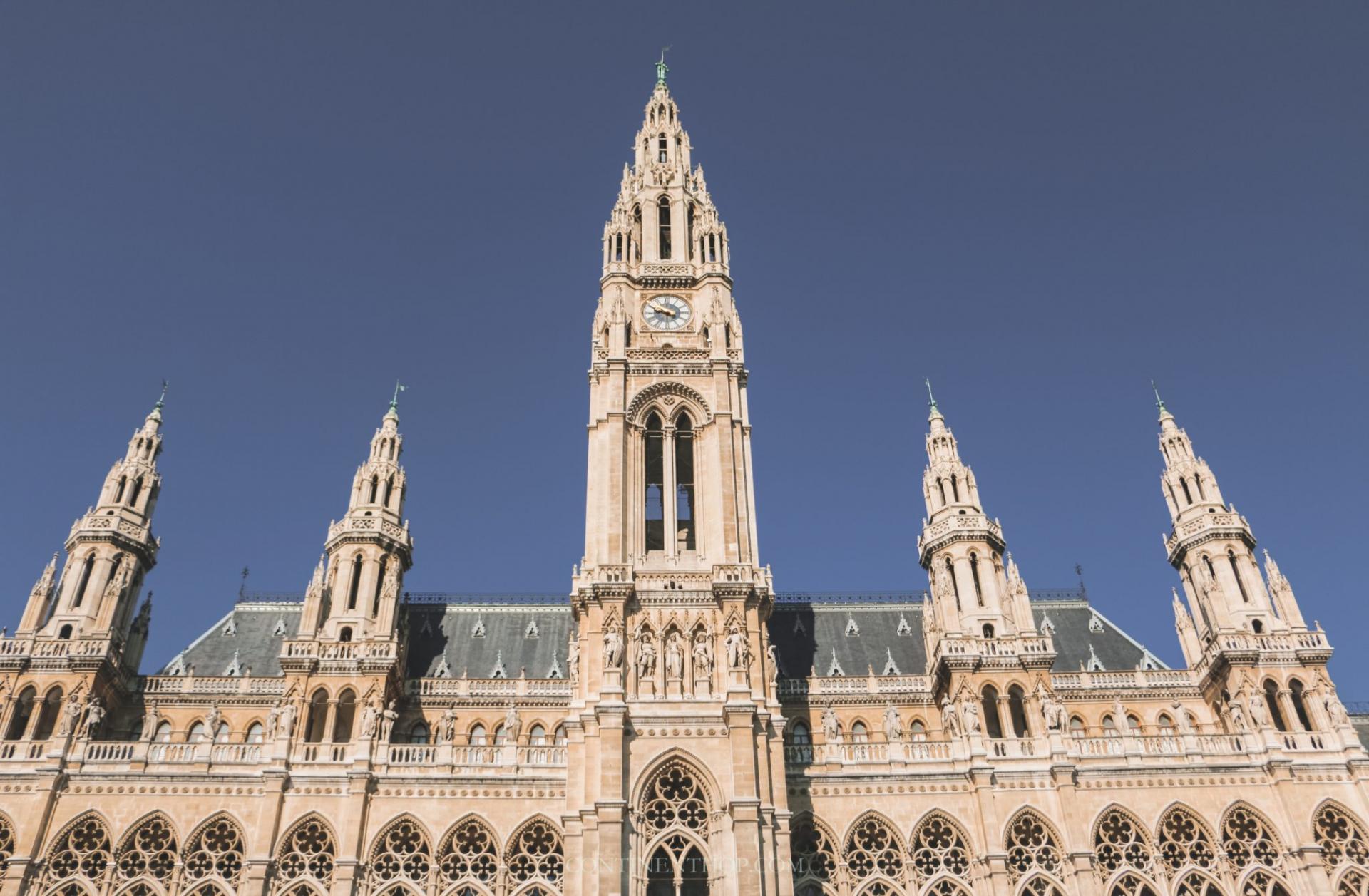
history of vienna 10
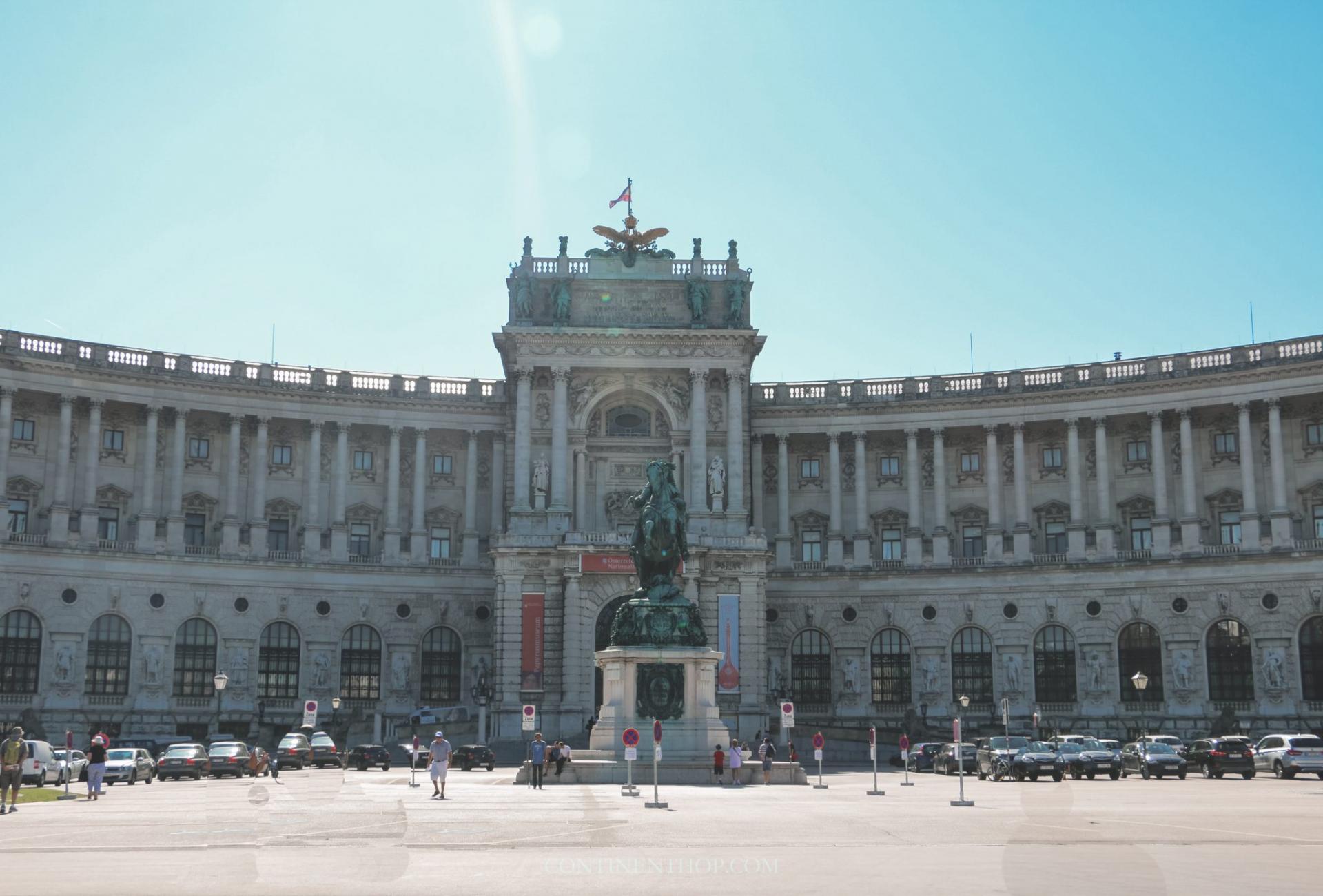
history of vienna 13
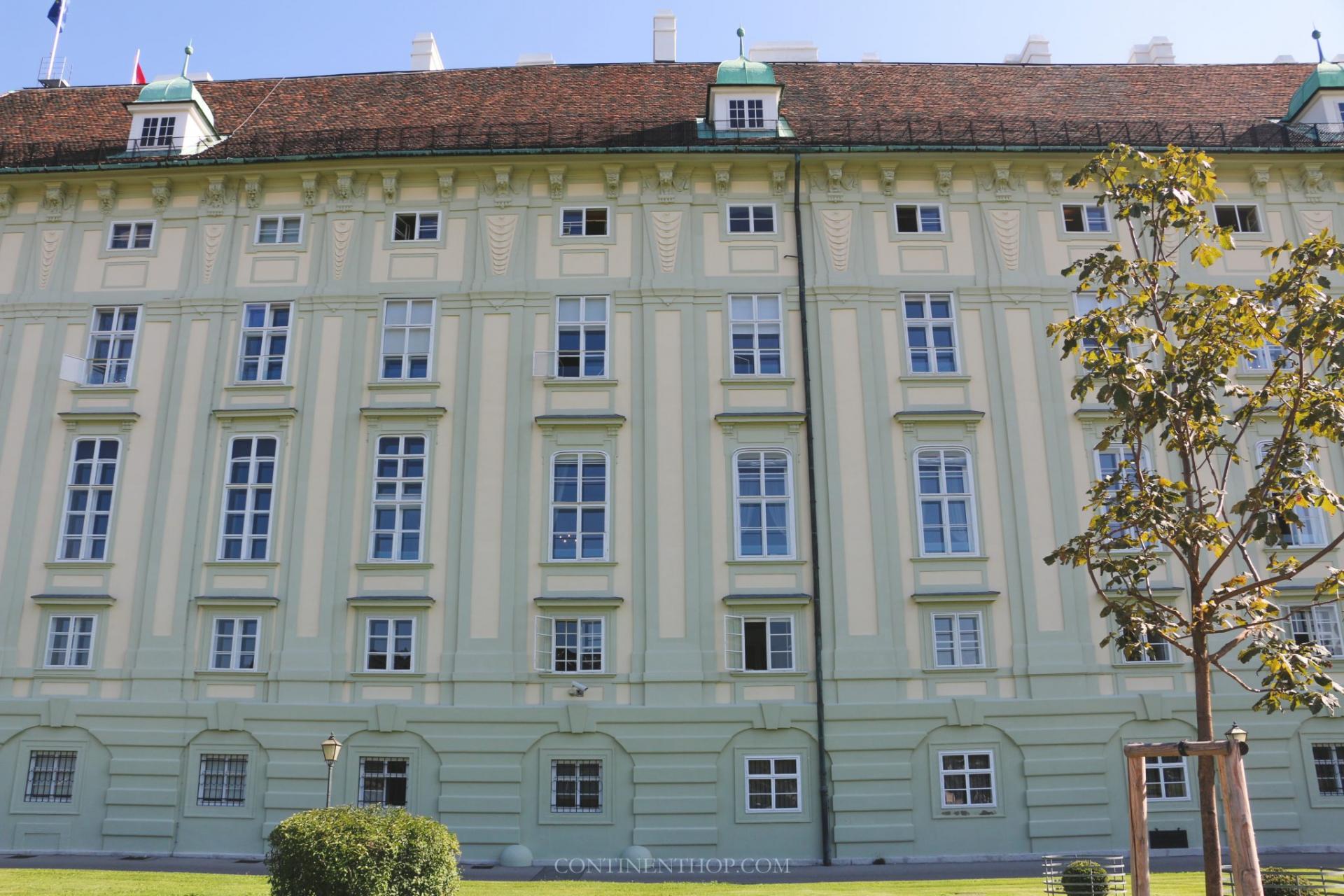
history of vienna 14

history of vienna 15
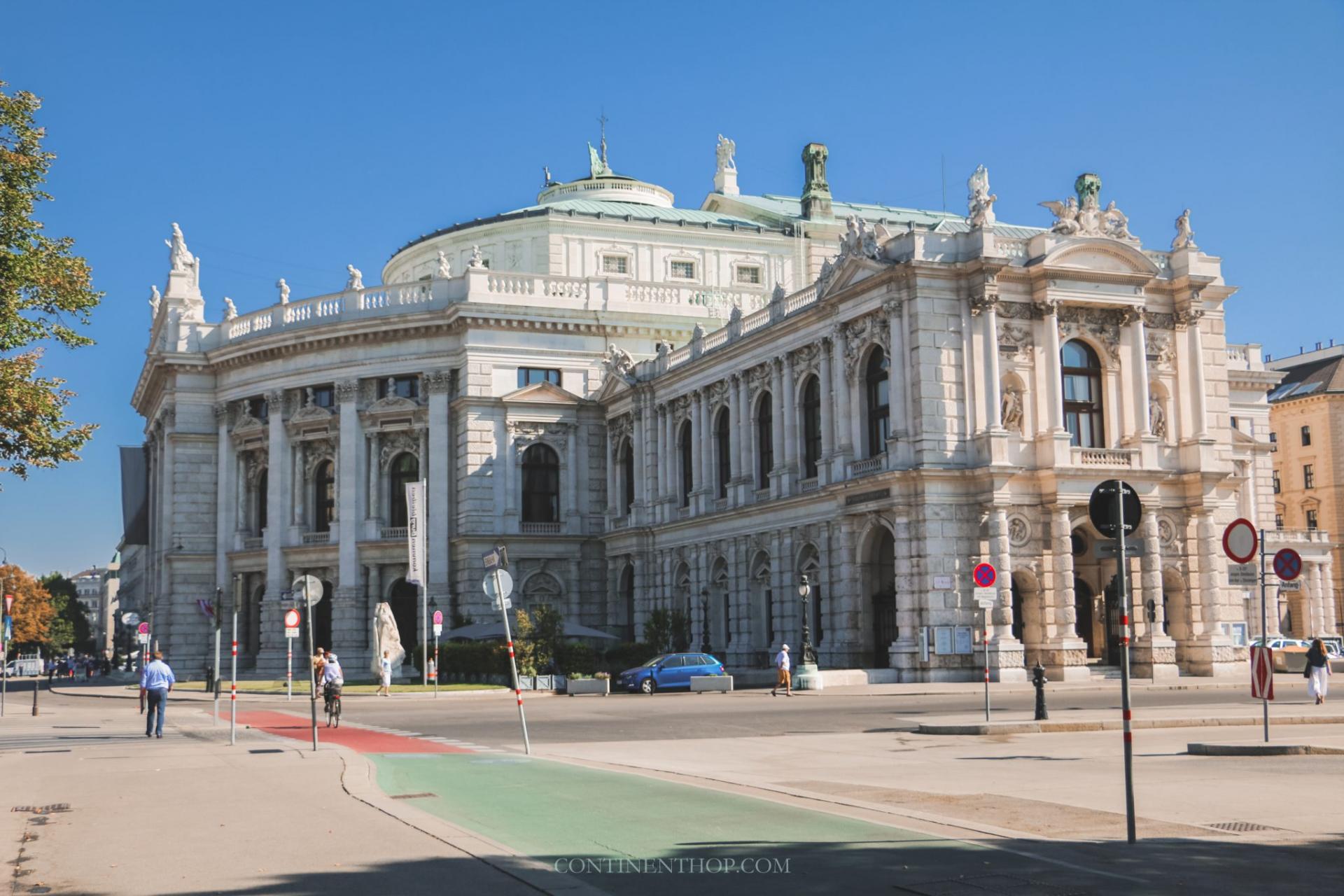
history of vienna 16
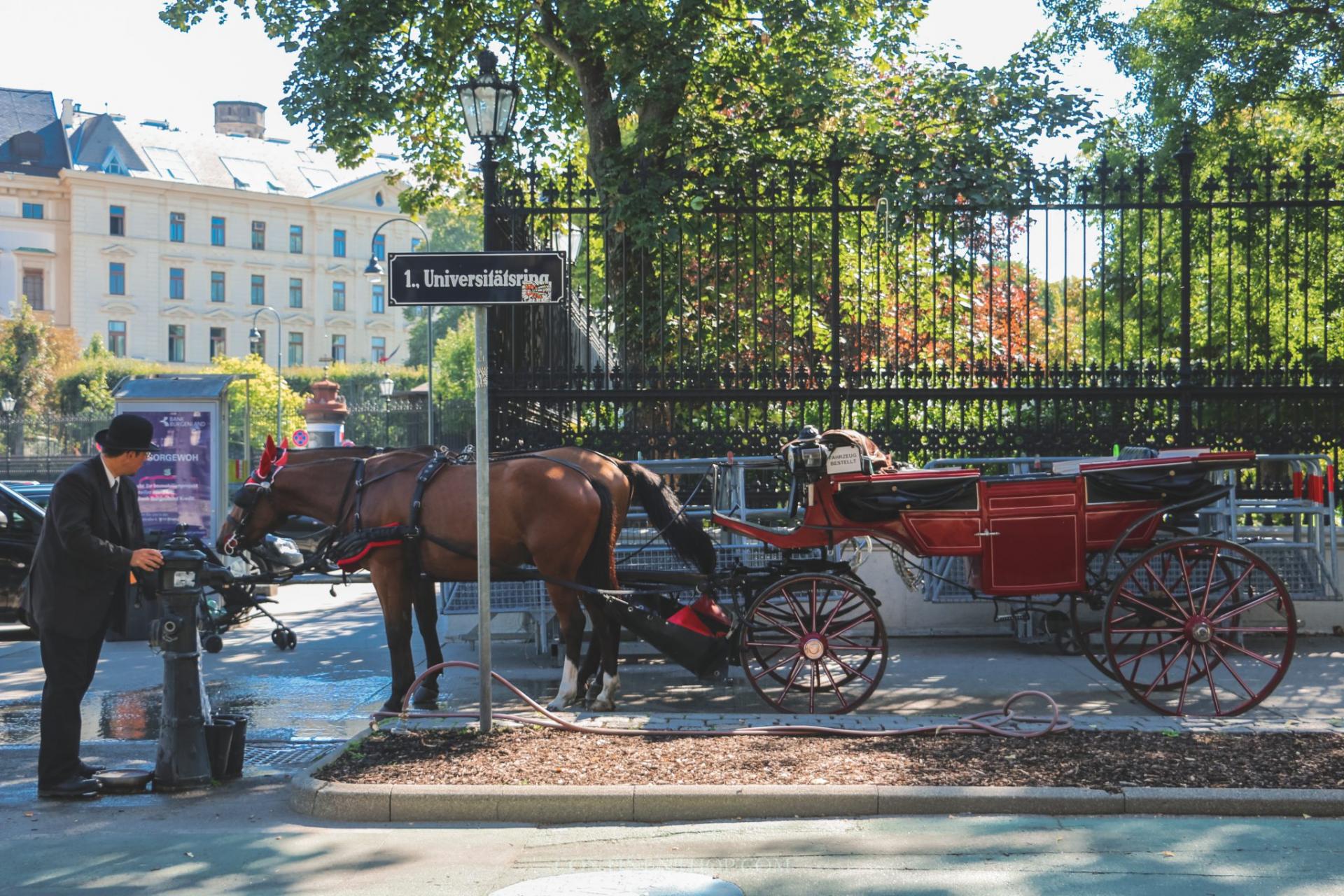
history of vienna 17
Continuing onwards to the Rathaus, we caught whiffs of Asian food. A number of hands were busy stirring, frying and setting tables celebrating the Film Festival that occurs annually from July to September.
While my tummy grumbled, Stephan pointed out the nuances in the architecture of the Rathaus built in Neo-Gothic style.
While many may pass off Vienna as ‘another European city’ it takes a finer eye to notice the burst of culture, styles and architecture all happening within the boulevard.
The Parliament is built in the Greek revival architecture style signifying Athens as the birthplace of democracy; The University is built in the Renaissance style signifying enlightenment, bringing to fore the fact that the Ring Road was conceptualized meticulously.
Slowing moving to the Heldenplatz aka The Heroes square named after 2 Austrian war heroes, Prince Eugène of Savoy and Archduke Charles, Stephan announces that it was here that Hitler announced the annexation of Austria into Nazi Germany from the balcony of the Neue Hofburg and that holds my attention for a while.
It serves as a Pre-Nazi memorial and its traces exist like an invisible curtain. It’s difficult to shake off imagining Hitler standing stubbornly on the balcony making his announcement.
A few tourists and Austrians alike are stretched out on the grass or walking by oblivious to this, while a handful, conscious of it, nod their heads gravely.
We move on to Hofburg Palace and then to St. Augustine’s Church which literally holds the hearts of the royal Hapsburgs in special urns in the ‘Heart room’, while the bodies lie in the Kapuzinergruft and the organs at St.Stephens.
While this form of burial was common during the time of crusades to ensure the body survived longer till it reached the designated burial place, it was quite tragic to note that even in death the Hapsburgs rested in pieces!
While the compact group of 5 were then about to probably take a short break to take a bite of the famous Sachertorte at Hotel Sacher, unfortunately, it was time for us to bid adieu.
The couple of hours we had spent around the Ringstrasse and the first district in Vienna, noticing details inconspicuous to the naked eye made me realize the various imperceptible layers of history piling over time in Vienna.
Extravagant architecture and a grandiose cultural scene may define Vienna but it isn’t easy to shrug the role played by historicism in this city.
PIN FOR LATER!
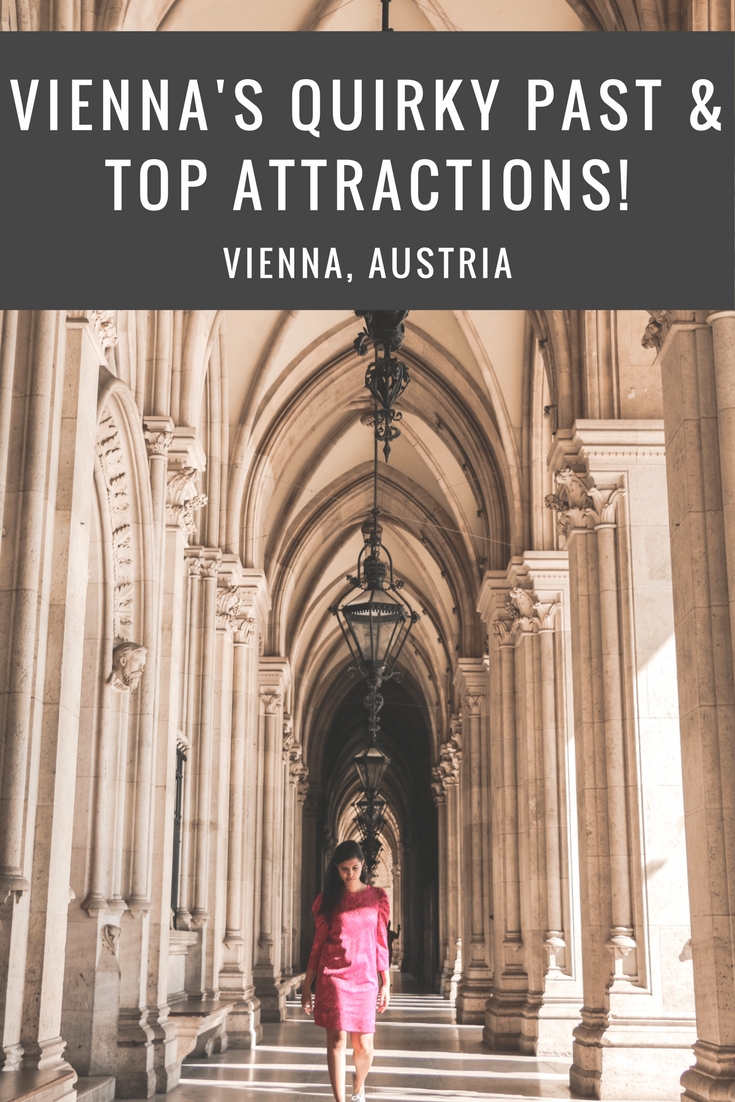
history of vienna 18
PRACTICAL DETAILS
History of Vienna
-
The tour was a lovely way to get acquainted with Vienna. We were introduced to all the major sights and told about the history of Vienna
-
The tour lasts about 3 hours and is conducted by educated and well researched locals
-
The tour size was extremely small (about 6 people max) ensuring everyone got to hear what was being said, loud and clear!
-
It’s not fast paced and you also get sufficient time to take pictures
-
You can refer to link here for more details about the Vienna History tour and the Introduction to the first district by Context Travel
-
The tour does involve a lot of walking so wear comfortable shoes
-
Also carry a hat and sunscreen if needed as it was very sunny the day we went!
-
It would also be good to carry some water along!
ADDITIONAL READS
Looking to head off to the islands to catch some sun and sea? Why not head to Mykonos? All details here!
We were hosted by Context Travel, however as always all opinions are our own.
Have you ever been on any alternate tour that was fascinating? I’d love to hear of it!
‘Life’s too busy and so are you! Articles to drive off the blue(s)!’Your e-mail will be kept strictly confidential!
